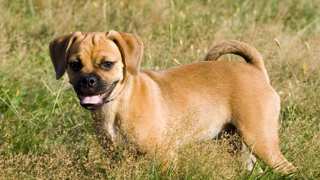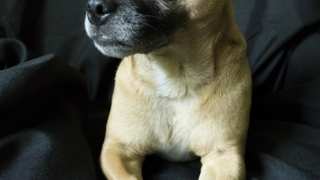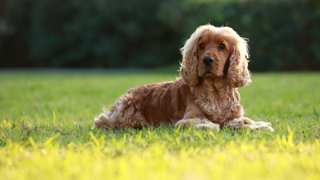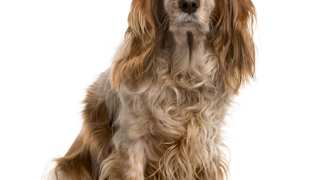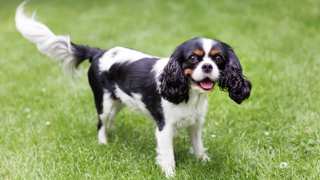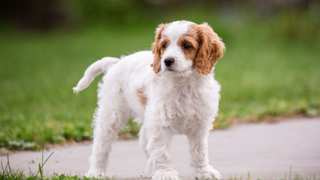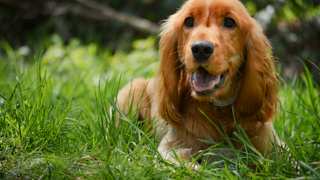As newborn puppies, Puggles are tiny dogs, but they have an early significant growth spurt. Once they get big real fast, they should have a slower yet on-going growth until they are about a year old. Even then they may grow a wee bit more. Their caloric intake should be understood by learning about the ingredients of your Puggle food. Once you know how many calories are in a cup of your dog's kibble, wet food, or raw portions, it should be easy to measure out. The below amounts are for an average-sized dog. Your Puggle might be bigger or smaller, so be sure to adjust the number of calories/cups to her weight.
Dog AgeDog WeightFood TypeAmountFrequency6 Weeks5-8 lbsMoistened dry1/8th cup4-5 times/day12 Weeks12-14 lbsMoistened dry1/4th cup4-5 times/day6 Months15-18 lbsMoistened dry1/3rd cup3-4 times/day8 Months17-20 lbsMoistened dry1/3rd cup2-3 times/day10 Months20-23 lbsMoistened dry1/4th cup2-3 times/day1 Year25-30 lbsDry/wet1/2 cup2 times/day2 Years28-30 lbsDry/wet0.75 cup2 times/day
The recommended protein content of the food, no matter its type, should be between 14 and 21%. As for the percentage of the fat content, it should be no more than 9%. You should have basic feeding times during the day so that your Puggle knows when feeding time will be around. In other words, 30-45 minutes around a given time such as 9 a.m., noon, etc. Don't be dead-on specific with the times because missing that time-specific slot could induce anxiety. Also, you should not leave the food out for more than about 20 minutes — enough time to eat without wolfing down the food, but not so long as to suggest free-feeding. Of course, if you have a very active Puggle, and she casually eats all the food in a somewhat short time, you may want to consider slightly increasing the amount of food per feeding.
You should be aware that Puggles love to eat, and free-feeding them can quickly result in a fat Puggle. There are many diets available, and if the current diet is done carefully but doesn't help your dog not be obese, you'll want to change. Doing so should not be done overnight but gradually over a week to 10 days. Replace up to 25% of your dog's old food with the new food, and after a few days, make it 50/50. If her stool looks fine and she doesn't react badly, make it 75% new food by about day 5 or 6. If after a week she still seems fine, make it 100% new food by no later than day 10 and continue to watch for any allergic or other reactions.

